Cheesemaking at Romanian Sheepfold From Transylvania Fagaras Mountains
As the sun slides below the rocky summits of Fagaras mountains, shepherds from Transylvania finish the evening milking. Milk buckets filled with foamy white liquid are carried to the shepherd’s hut for cheesemaking. We are at the foot of the tallest mountains in Romania, somewhere on the border between Brașov and Sibiu counties, on Ghirloșelului valley.
Similar: Smoked Cheese Made in the Carpathian Mountains – VIDEO

The sheepfold is run by a baci, the chief shepherd Ilie Omiza, in charge with cheesemaking, milking sheep, making certain that everything is done correctly. Each shepherd play an important role in the proper functioning of the sheepfold: the strungar, Eugen Lădășel, leads them to the door (strungă) for milking, the hut keepers lead the flock to pastures, milk the sheep and watch them over night.
Sheep Milking By Hand
Affiliate links Cheese Mold with a Follower and Cheesecloth Cheese Making Kit
They milk the sheep twice a day, in the morning and around 6 pm, when they return from grazing. They are led into a first enclosure, where sheep are waiting for their turn for milking in front of four narrow batwing doors (strungă).


Eugen, the sheepfold’s strungar leads them toward the door, but only one sheep can pass through a door at a time. On the other side, they are milked and released into an enclosure (ocol) where they stay over night.

Romanian Urda Cheese – A Low Fat Creamy Sheep Cheese Recipe
The milk is strained. The curds resulted after adding the rennet are gathered into a cheesecloth. Ilie makes sure to squeeze out every drop of whey, explaining that the whey left into the curds can ferment and spoil the cheese.
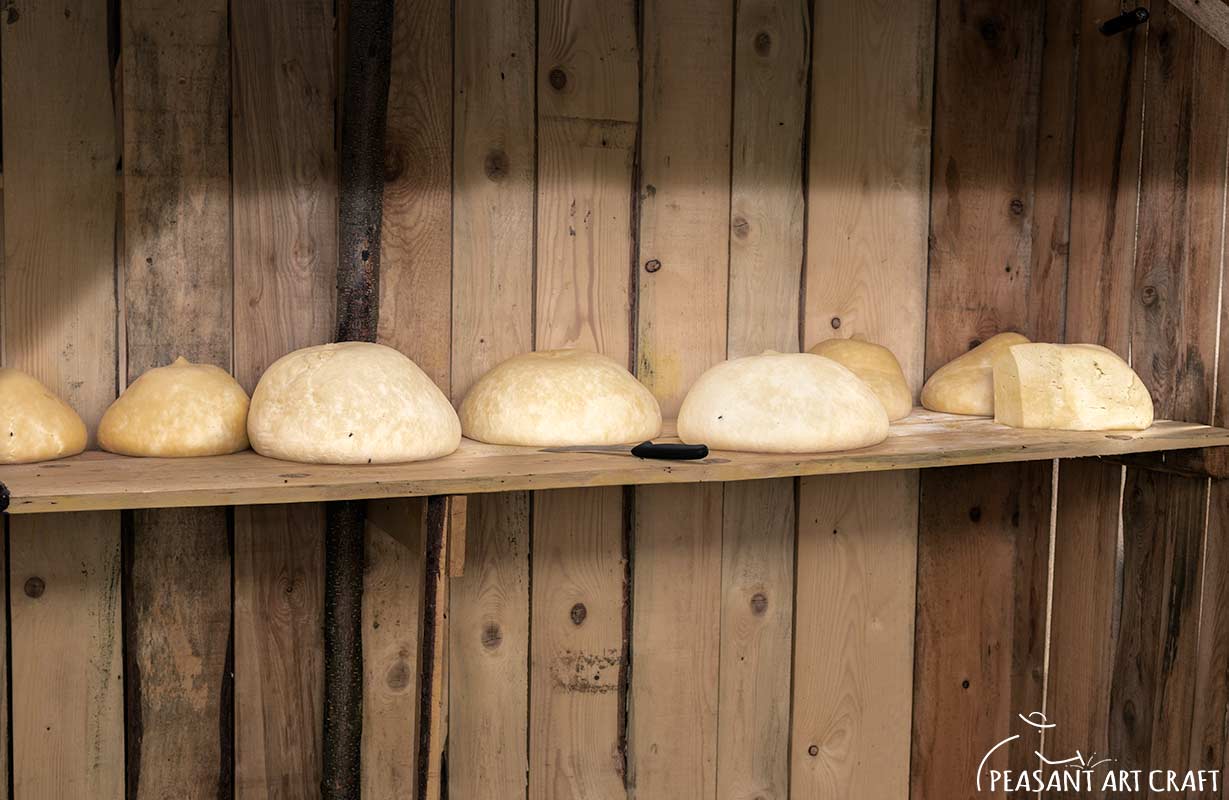
The next day, the cheese is left to rest and dry on a cheese stand in the back of the hut, until it gets an yellow crust on the surface. From the whey resulted, they make Romanian urda cheese, a sweet, low fat, creamy cheese.
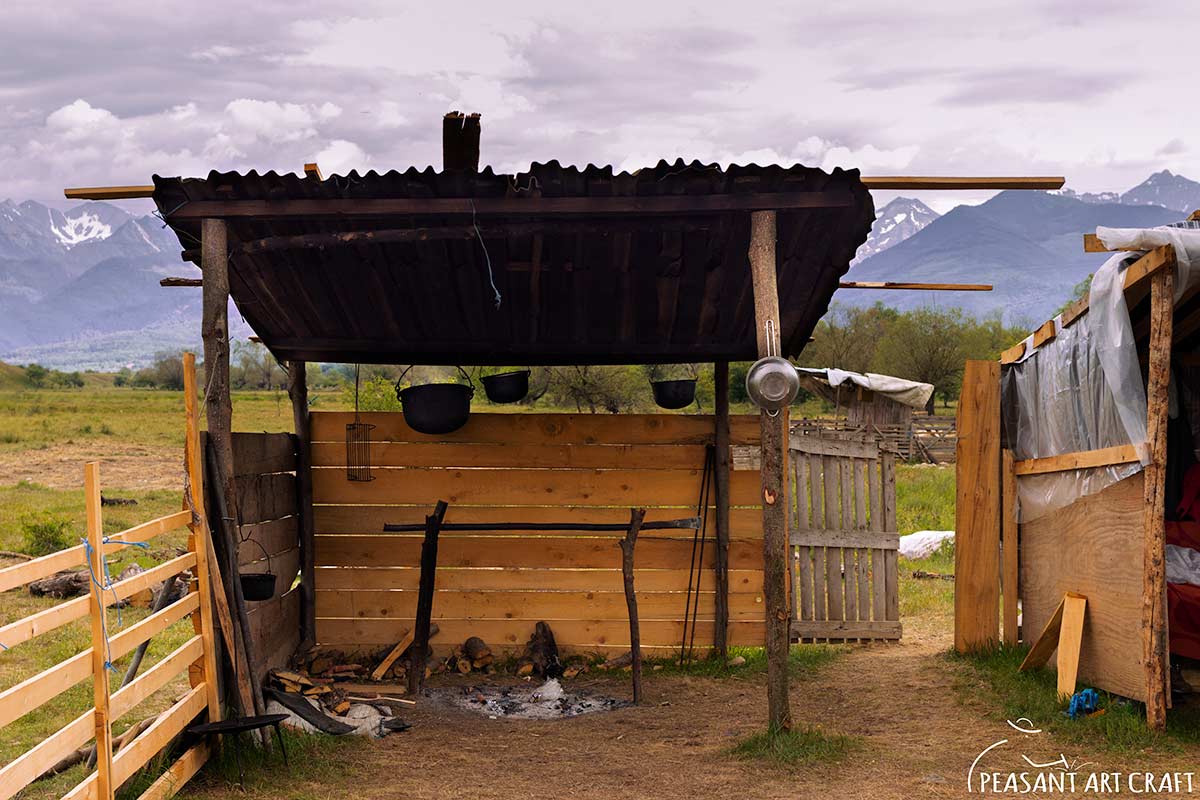
Next, they set things up for Romanian urda cheesemaking. Ilie makes a fire outside the hut and boils the whey into a large container, stirring continuosly. After 45 minutes, the cheese lumps at the surface are gathered into a cheesecloth and hung to drain.
Affiliate links Ultra Fine Cheese Cloth Roll for Cooking Straining Unbleached Cotton
This is the Romanian urda cheese. It can be consumed the next morning. The whey resulted from making urda (urdit) is fed to pigs and dogs.
Sheep Tending in Transylvanian Sheepfold From Village of Ucea de Sus

Sheep tending in Transylvania hasn’t changed all that much in 100 years. Each owner contributes sheep to the village fold. This is the sheepfold from the village of Ucea de Sus. The sheep are grazing on the village lands.
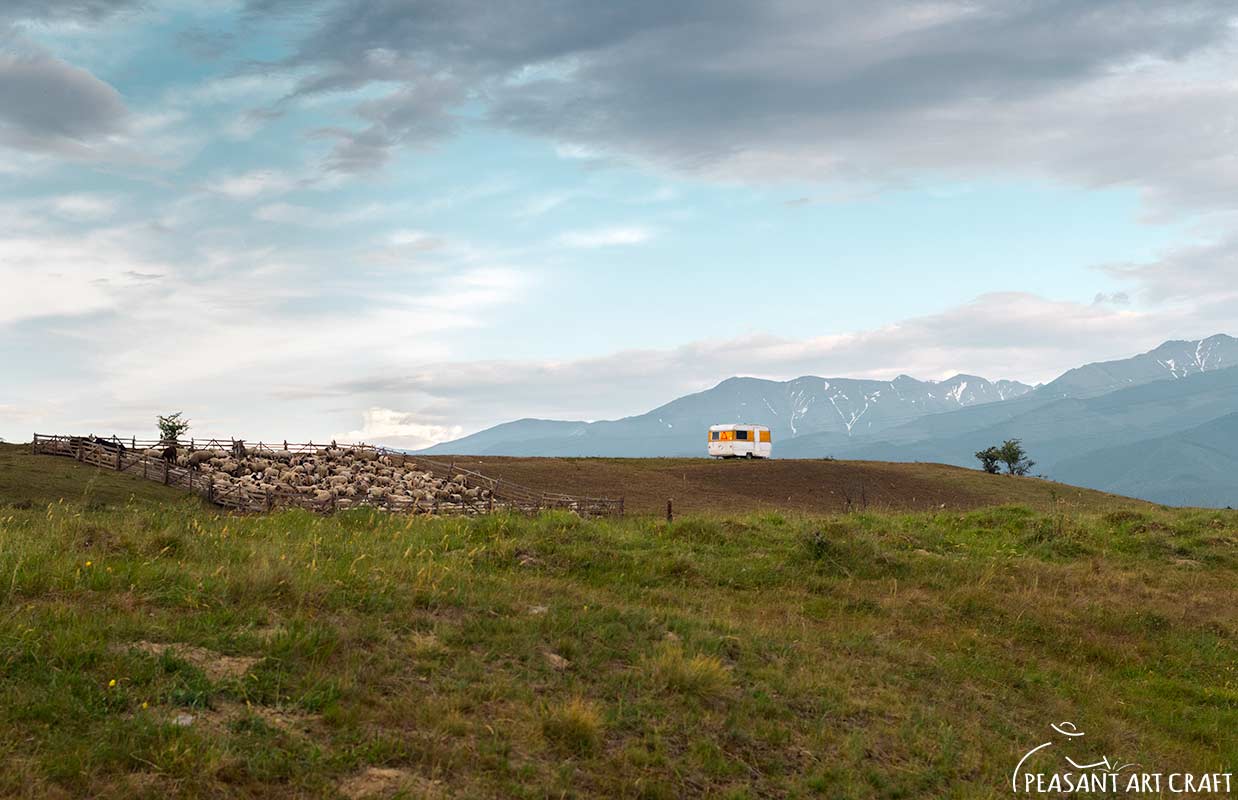
In summer, to assure sufficient grass on the village lands for the productive ewes, barren ewes, who don’t produce milk, are moved to high altitudes in the Podragului Valley for grazing in alpine meadows.
Up in the mountains, at altitudes above 2000 meters, the ewes are guarded by two or three shepherds. It’s a constant battle with predators (lynx, wolves, bears) who often attack for food. They carry their food supplies with donkeys, the best animals for hauling loads on mountain trails.
Rural Romanian Turcana Sheep Breed – Most Adapted to Romanian Carpathians


The sheep in the flock are Țurcana breed, one of the oldest and most commonly found on Romanian territory. The breed, also called “queen of the mountains”, or Zackel (mountain peasant) is well adapted to the alpine pastures and weather conditions in the Romanian Carpathians. It has a crinkled white, black, or grey long coarse wool, often used in the textile industry for carpet manufacturing.

The average annual milk yield per sheep is 140-160 L ( 37 – 42 USg). With ewes weighting about 40-55 kg, and rams over 60-80 kg, it is raised for both meat and milk production. Each owner puts a distinctive identification mark to his sheep’s ears. If a sheep is lost or attacked by predators, they know who it belongs to if it’s head is found.
The Large Carpathian Shepherd Herding Dog Breed
Wild animals, often bears, wolves and coyotes often approach sheepfolds. Up to ten Carpathian Shepherd Dogs are used to guard and protect the sheep against these predators. This large sheep dog breed can fight off bears, but they are submissive with their owners and gentle with the flock. This breed originated in the Carpathian Mountains and accompanied Romanian shepherds since ancient times. They are trained in herding from an early age and are good at keeping the livestock in a group.
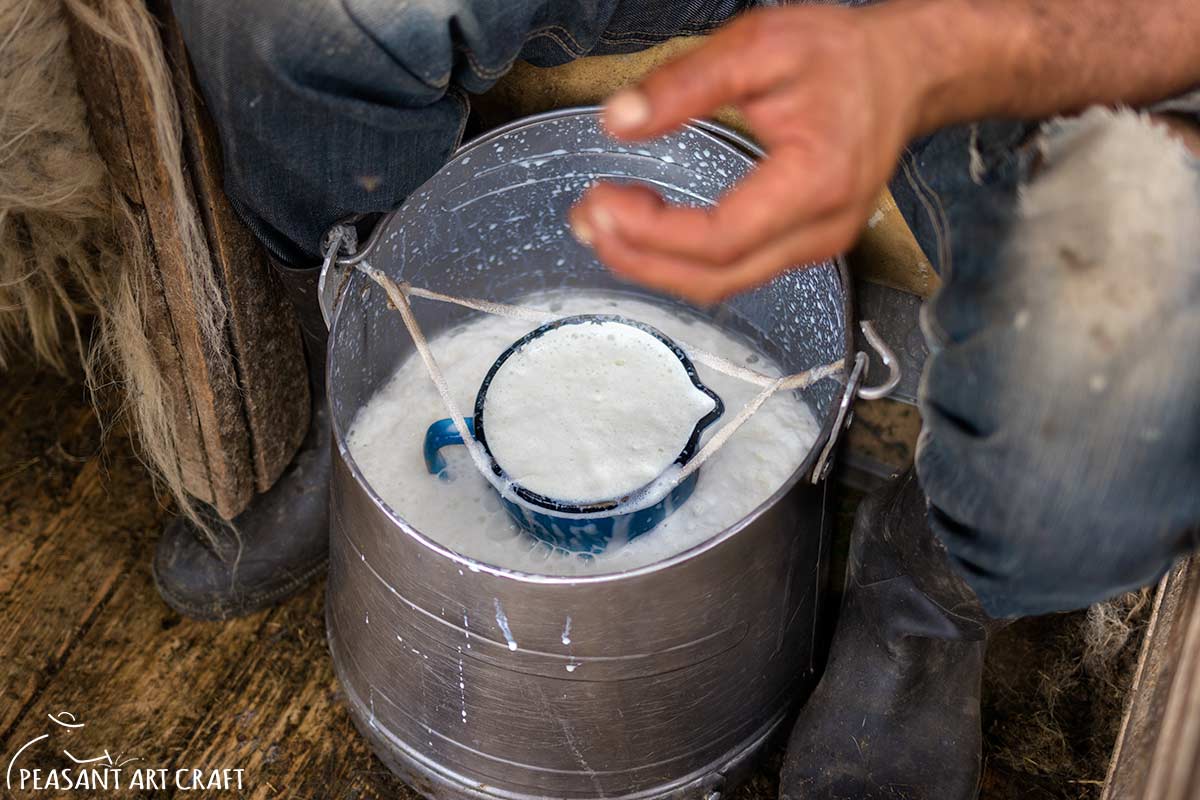
Similar Articles
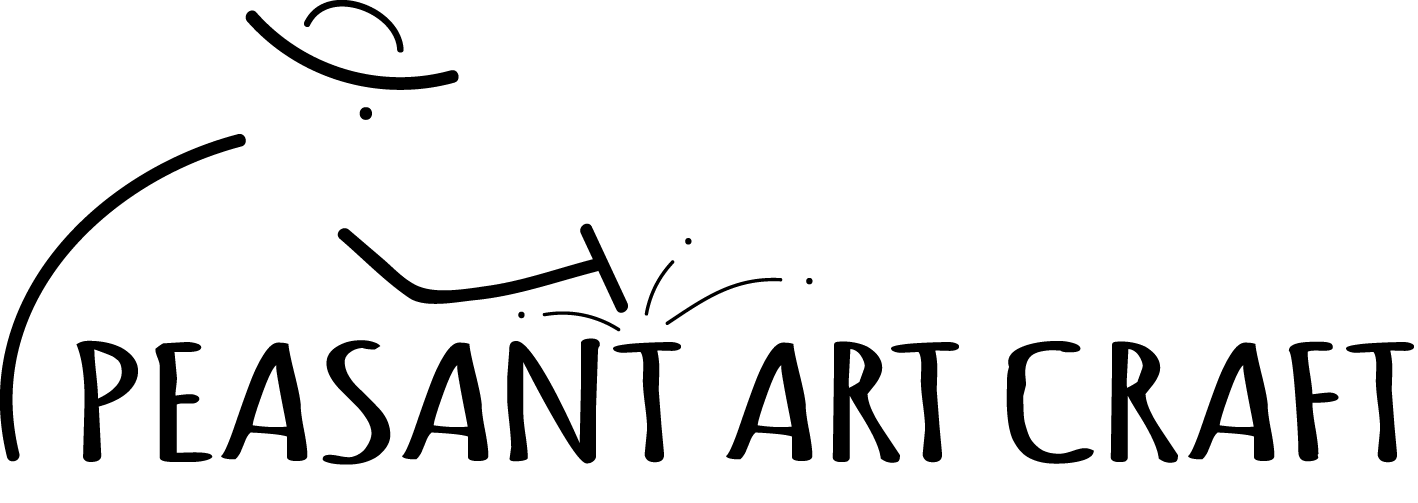
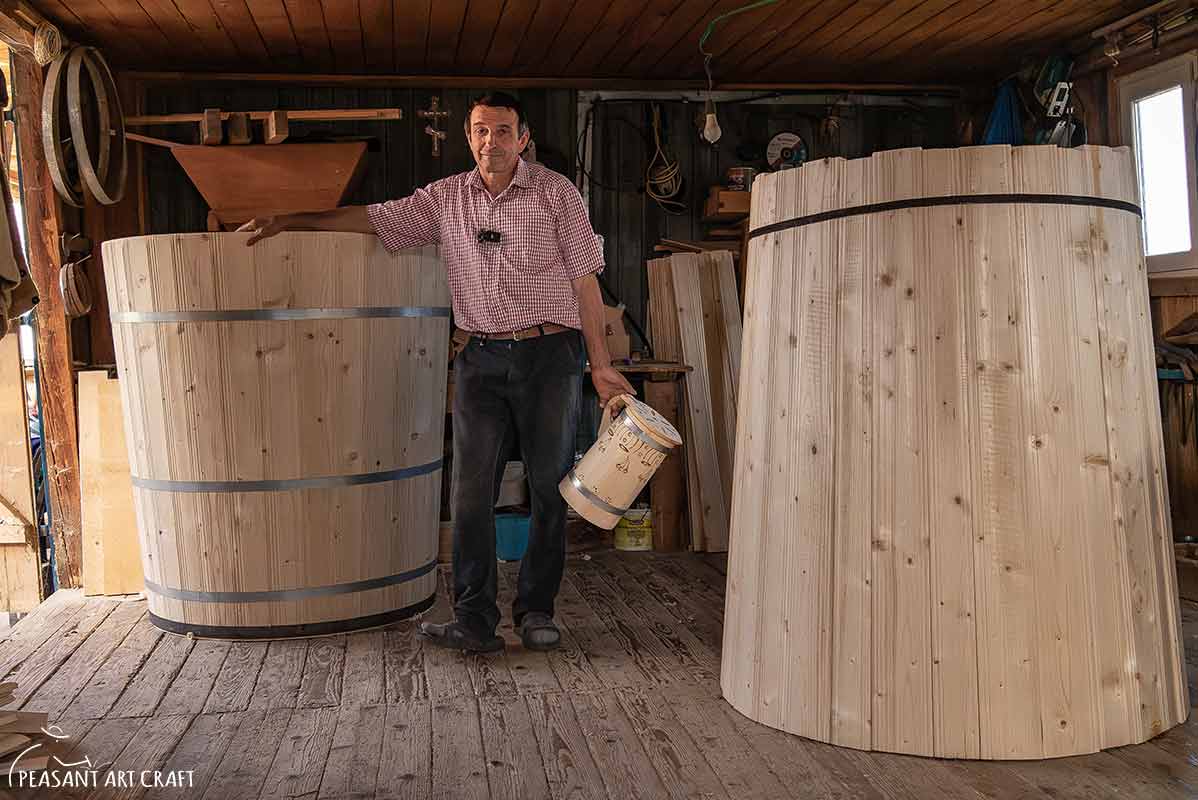
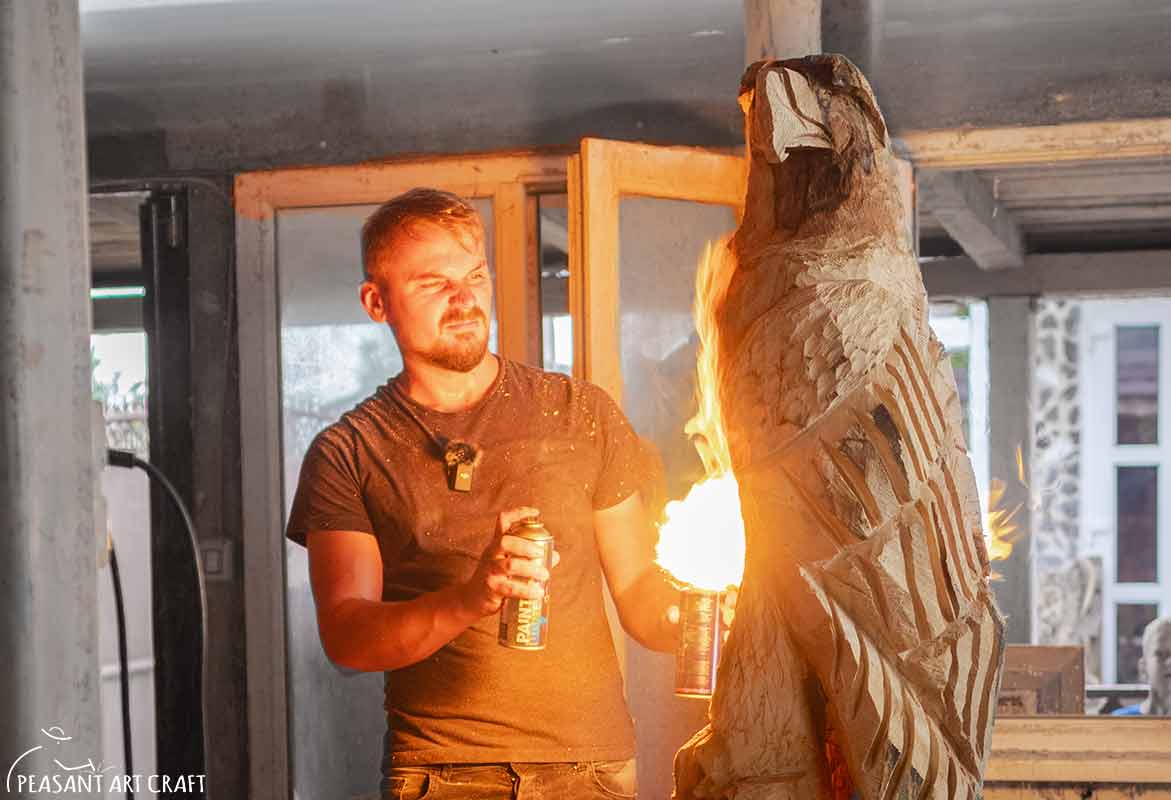
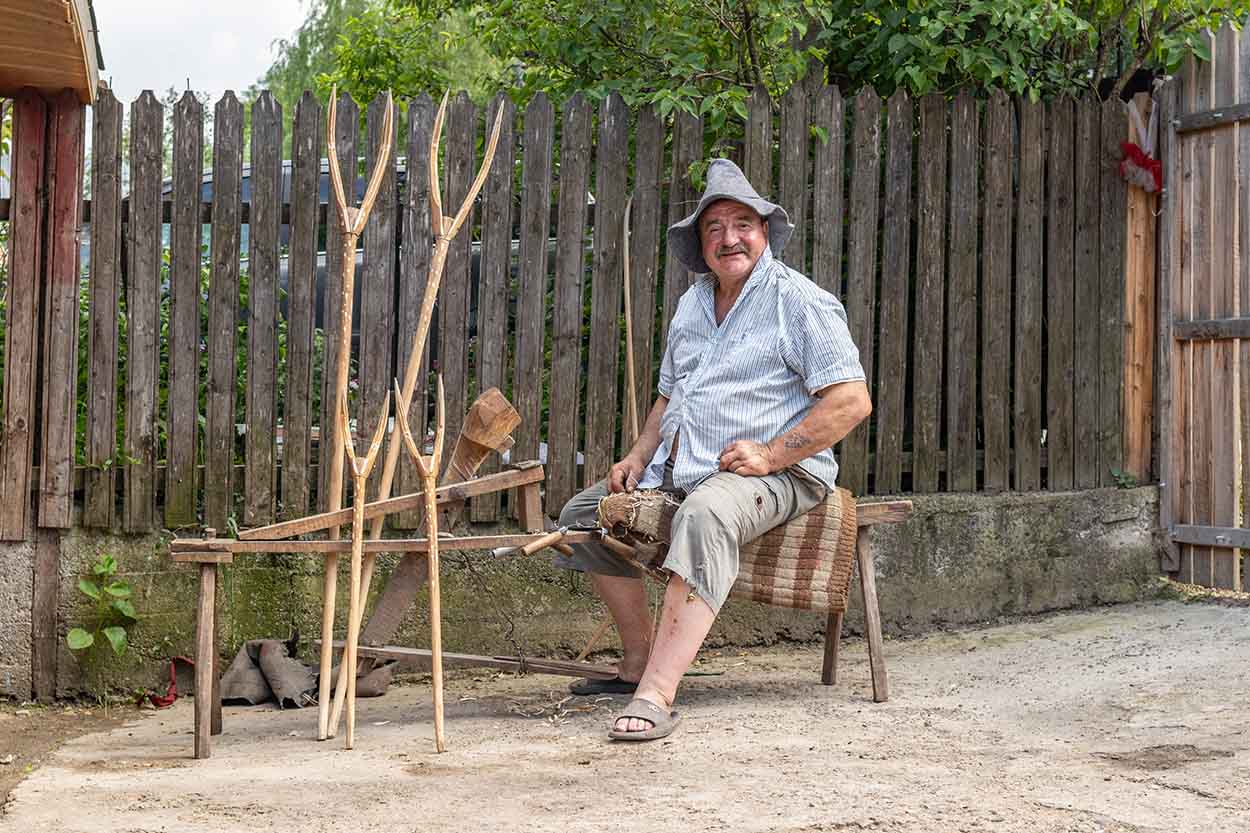




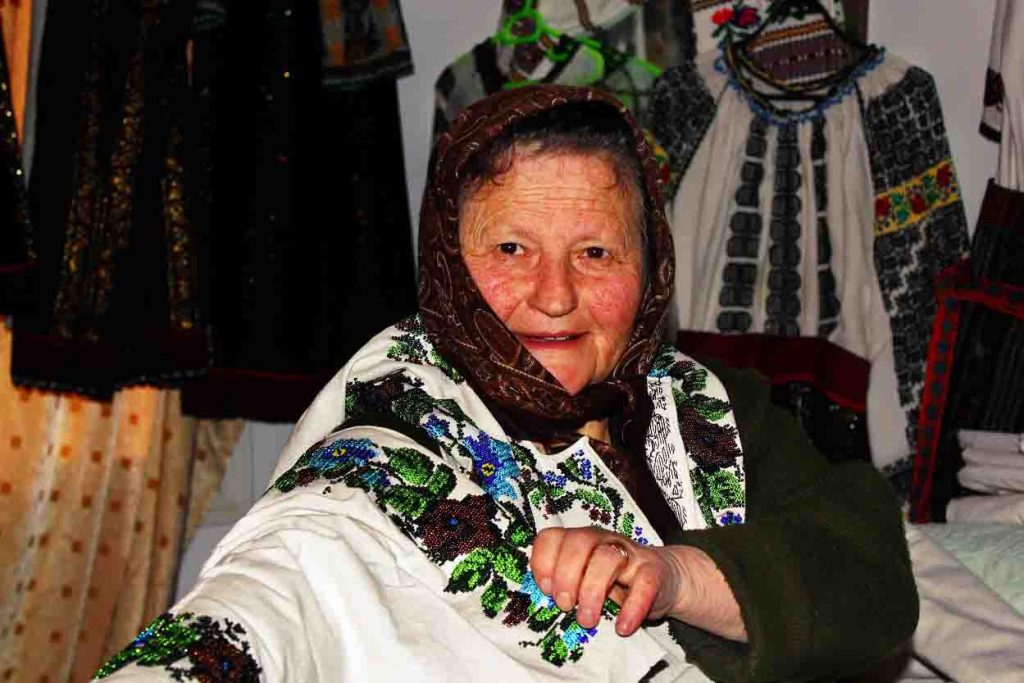

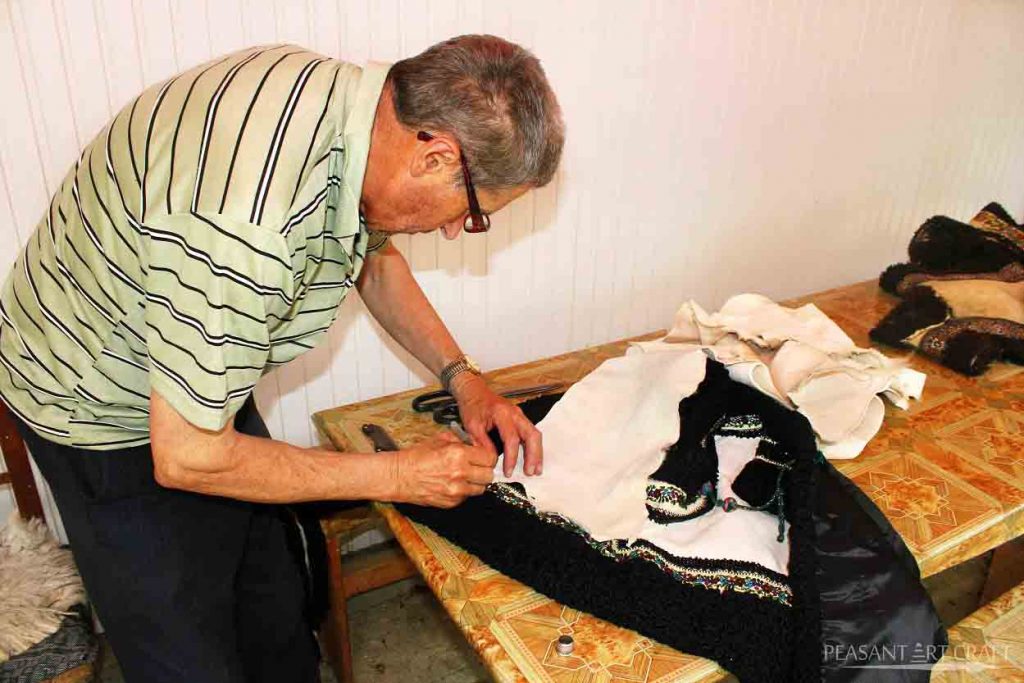



Leave a Comment